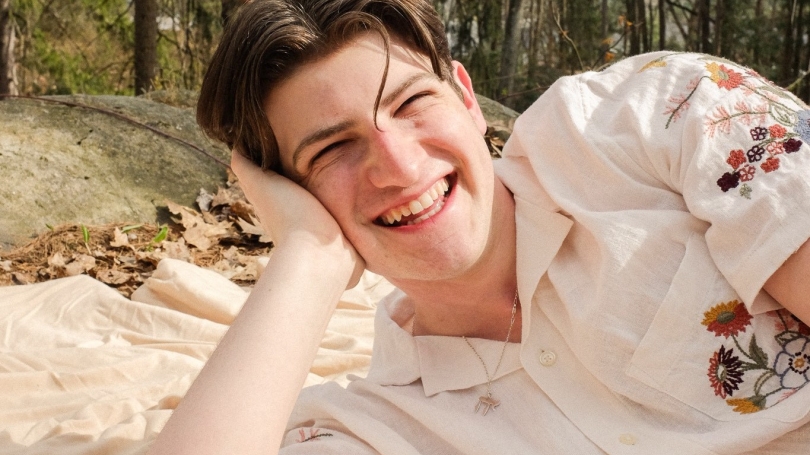
- About
- Programs & Initiatives
- Alumni
- News & Events
Back to Top Nav
Back to Top Nav
This summer, I've been taking Spanish 43.06, also known as Tango Argentino: Music, Dance, Poetry, Community. I chose this course because the content seemed fun and fascinating, it furthers my Hispanic Studies minor, and I wanted to speak Spanish this summer to prepare for studying in Madrid this fall! This course, one of the most interesting and hands-on classes I've taken in my time at Dartmouth, involves classroom-based study of the history and culture of tango as well as actual tango dance classes in which we learn and practice the nuances and techniques of the dance form. Another great element of the course is its community engagement, in which we are able to share our learning and passion for tango with the greater Upper Valley community.
On the morning of Saturday, July 27th, I traveled with my classmates to the Richard W. Black Community Center in Hanover for an event with the organization Dancing with Parkinson's. The program is designed to improve the physical, emotional, and social well-being of individuals with Parkinson's disease by exposing them to dance. This trip came at the culmination of an artists in residency week, in which the fabulous Pedro Giraudo Tango Quartet and masterful dancers Leonardo Sardella and Adriana Salgado visited campus. Throughout the week, they taught us music and dance in our classes and performed for students as well as the local community.
When we arrived at the community center, we first sat in a circle of chairs as Leonardo and Adriana walked us through stretching and some of the basic elements of tango. After that step, we got up on our feet and each student paired up with a community member. As the Pedro Giraudo Quartet played fabulous tango music, we took a modified tango embrace with our partners and began to dance at a slow pace around the hall. While we danced, we had the opportunity to chat with the community members. I danced with a lovely woman who told me much of her life story, including how she immigrated to the United States. Leonardo and Adriana were incredible instructors, facilitating dancing accommodations for seated attendees as well. After the quartet wrapped up the piece we then began another round of dance, but not before switching partners in a manner similar to a traditional milonga.
As we read about in class, dancing (and especially tango) can be very beneficial to individuals with Parkinson's, as it improves motor functions, enhances mobility, and lightens mood. However, it was clear to me that the most beneficial part of this program was the community it brought. After the music and dance ended, my classmates and I sat down and had breakfast with some of the community members. We laughed and chatted about everything from popular music to Parkinson's research. The community members were very fond of each other, and visibly enjoyed sharing past experiences and learning dance with their friends. As we left, I heard choruses of "see you next week!" and "tell your spouse I say hi," which brought a smile to my face. Although our experience with Dancing with Parkinson's only lasted a couple of hours, it was quite a meaningful experience and reinforced for me the value of community and the unique ability of music and dance to bring people together.
________
Learn more about DCSI's Social Impact Practicums (SIPs)!